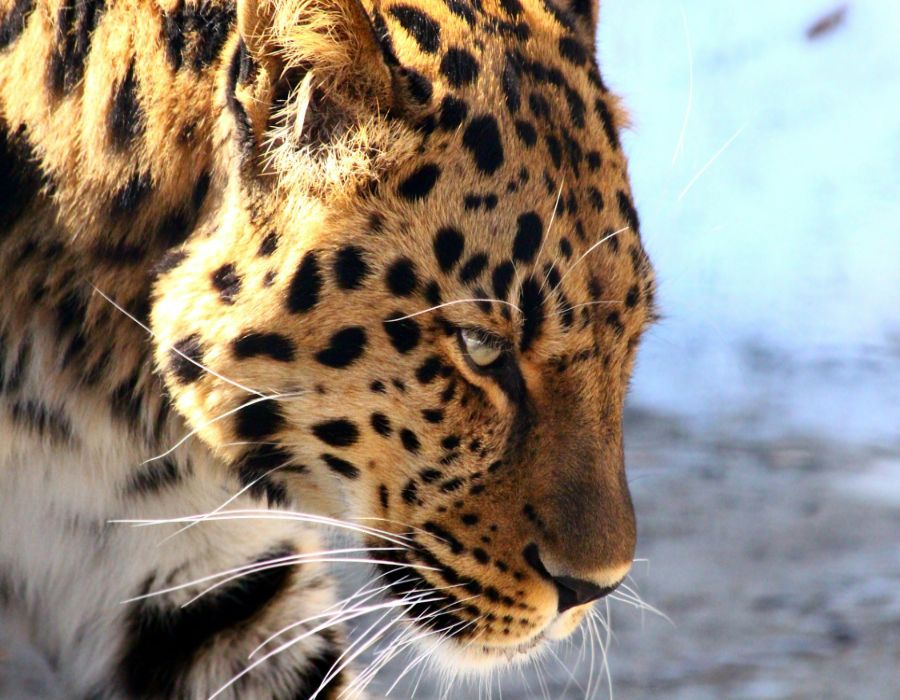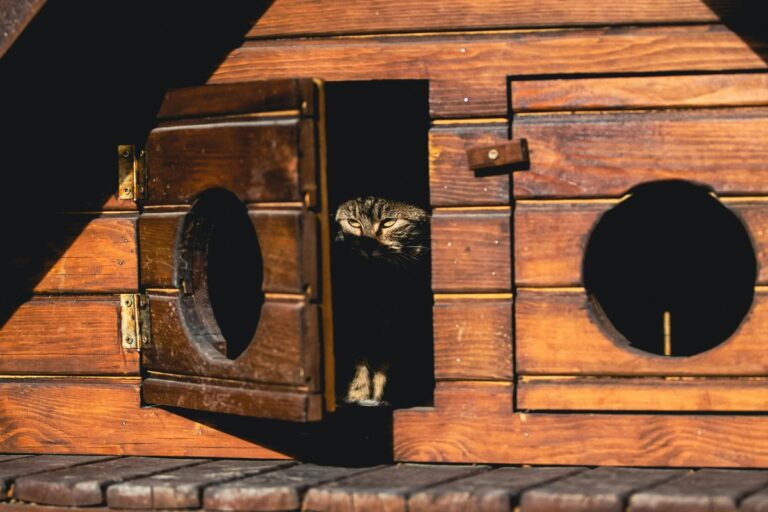12 Big Cat Species With the Most Unique Adaptations
Big cats are more than fierce predators — they’re living examples of evolution at its finest. Each species has developed specialized traits to thrive in its environment, from snow-covered peaks to dense, tropical forests.
These adaptations help them hunt, survive harsh climates, and outsmart both prey and predators. From retractable claws to water-resistant coats, here are the big cats whose unique features make them stand out in the wild.
Snow Leopard
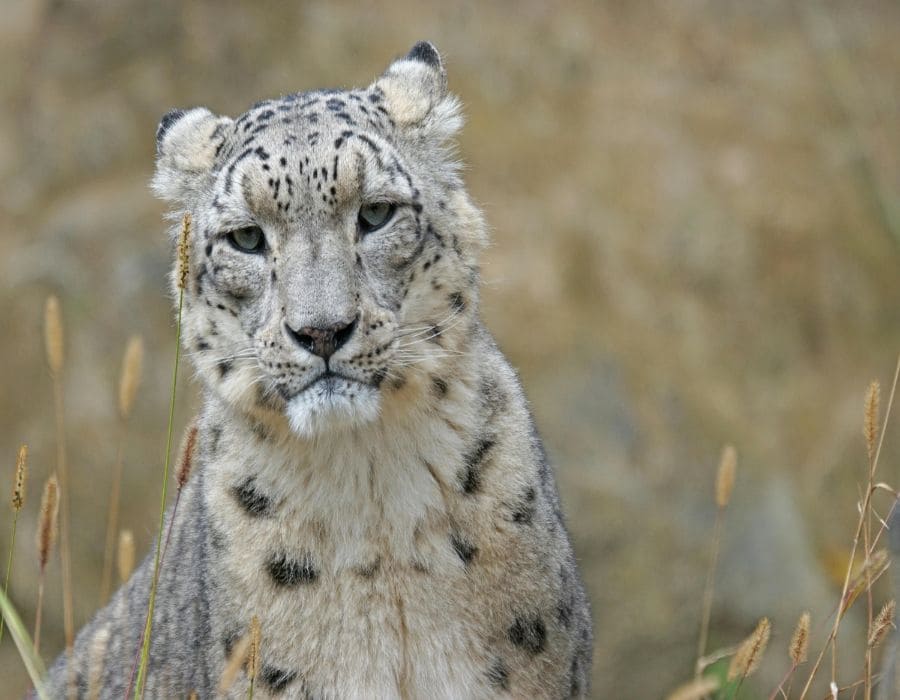
The snow leopard’s thick, smoky-grey fur insulates against freezing temperatures, while its long, bushy tail acts as both a balancing tool and a scarf when curled around its face during cold mountain nights.
Cheetah
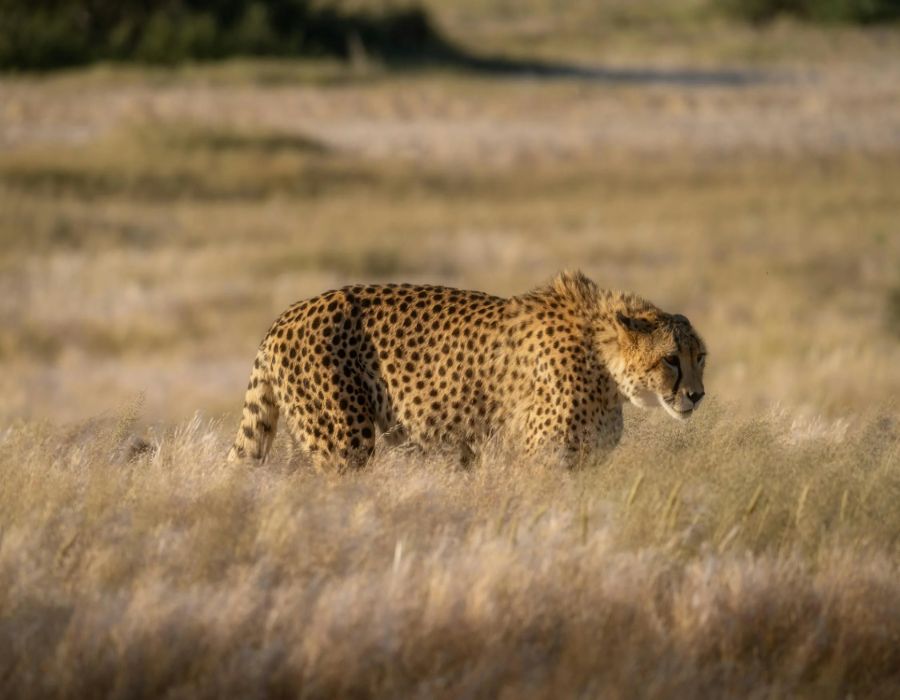
Cheetahs are built for speed, with long limbs, enlarged nostrils, and a flexible spine that lets them stretch out mid-sprint. Black “tear marks” under their eyes help reduce glare while chasing prey in bright sunlight.
Jaguar
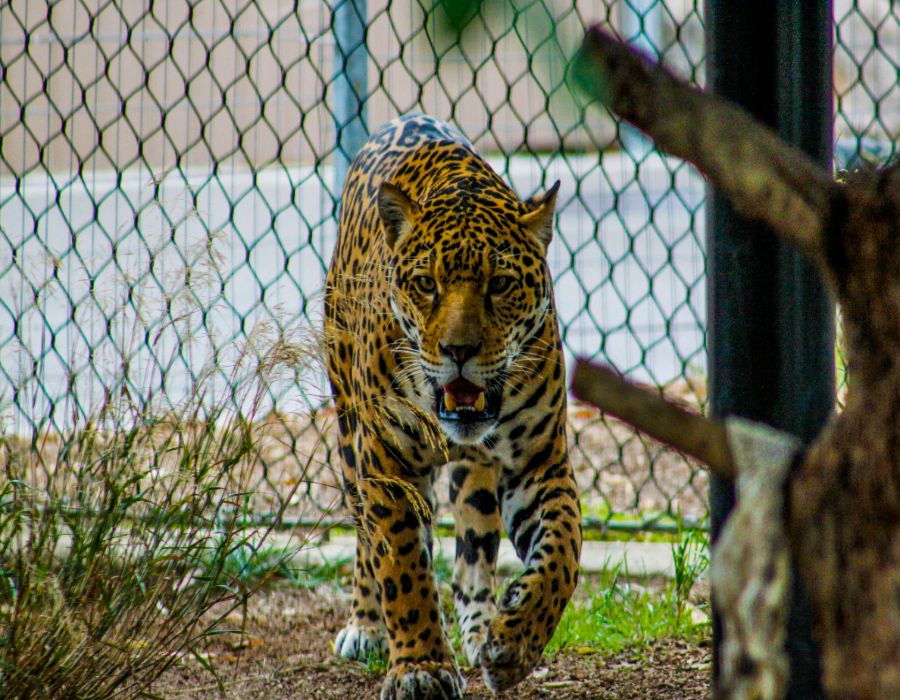
Jaguars are the only big cats known to regularly kill with a powerful bite to the skull. Their strong jaws and stocky build make them perfect for ambushing prey in dense jungle and even cracking turtle shells.
Lion
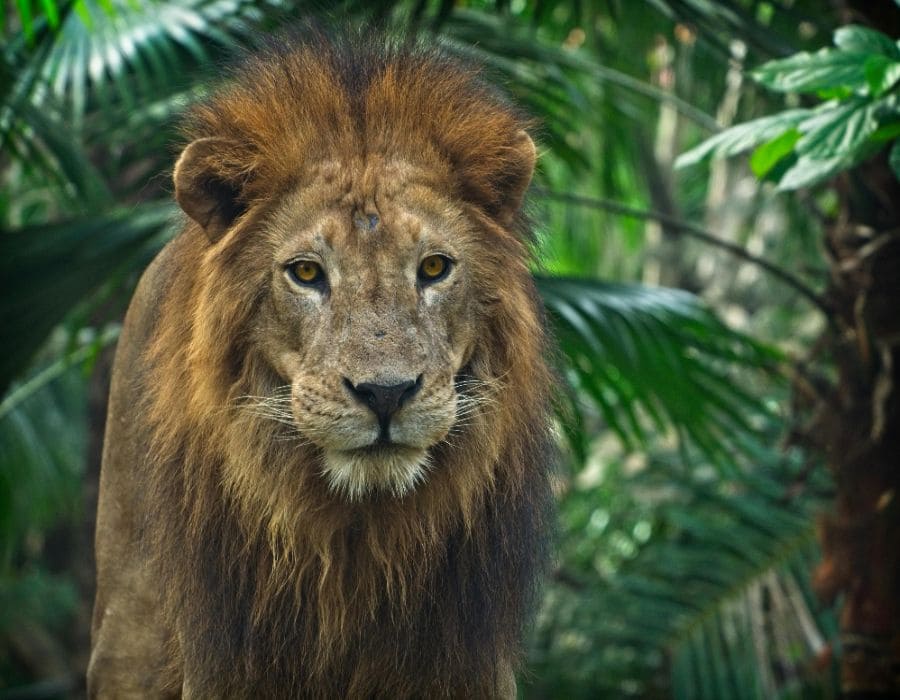
Lions are the only truly social big cats, living in prides that cooperate to defend territory and raise cubs. This group dynamic offers protection and boosts hunting efficiency, especially on open savannahs.
Tiger
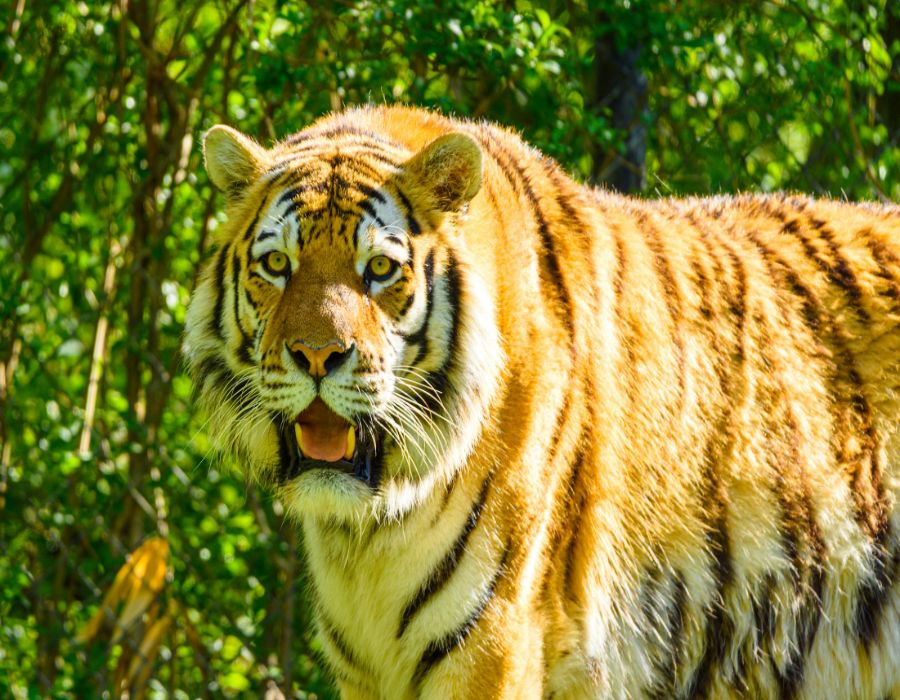
Tigers have webbed feet that help them become surprisingly strong swimmers. This adaptation allows them to cross rivers and hunt in watery terrain, a skill not commonly seen in most big cat species.
Leopard
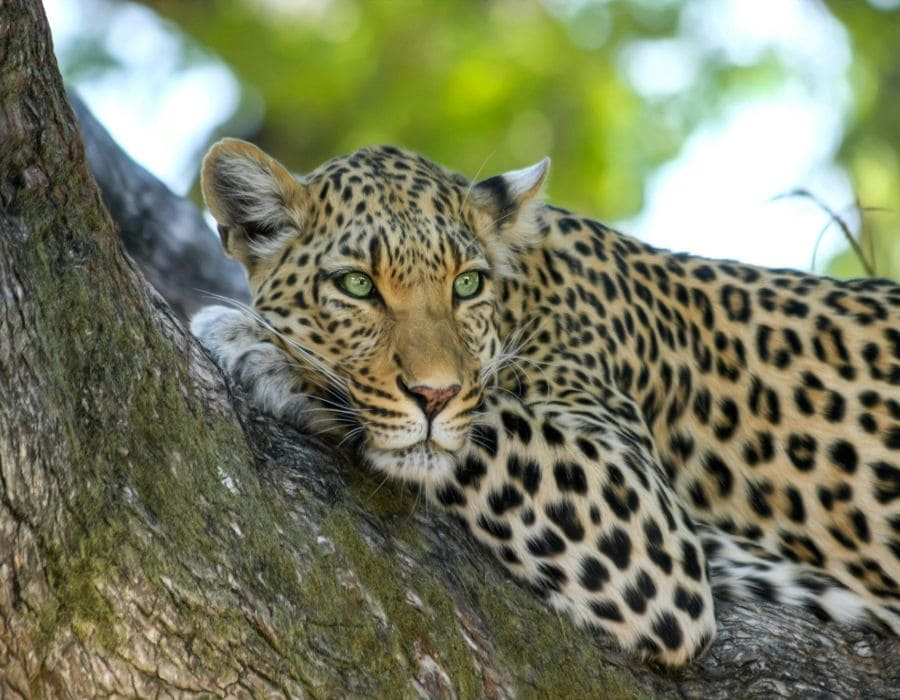
Leopards are masters of stealth and carry their kills into trees to avoid scavengers. Their incredible strength-to-size ratio and ability to navigate high branches make them some of the most resourceful hunters in the animal kingdom.
Clouded Leopard
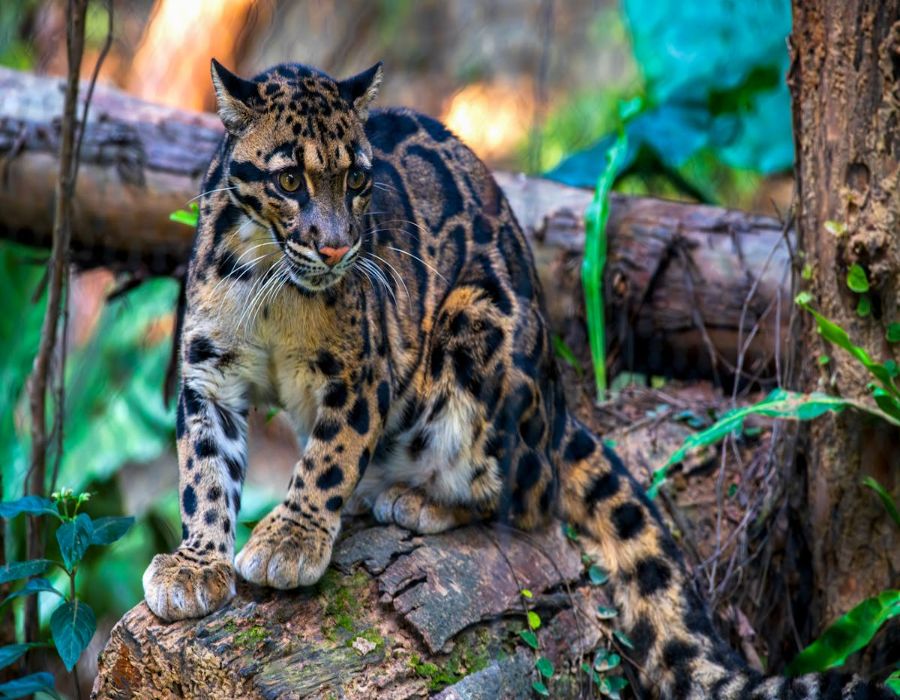
With the longest canine teeth relative to skull size of any wild cat, the clouded leopard bridges the gap between big and small cats. It can also climb down trees headfirst thanks to rotating rear ankles.
Caracal
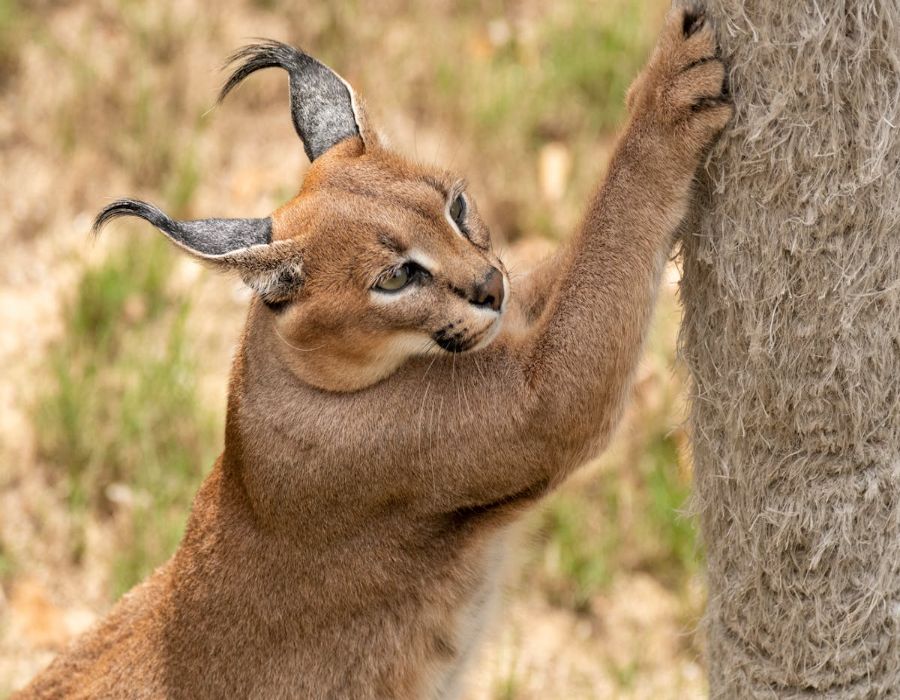
The caracal’s large, tufted ears aren’t just stylish — they help pinpoint sounds with remarkable accuracy. Combined with the ability to leap several feet into the air, this makes them efficient bird hunters in open terrain.
Serval
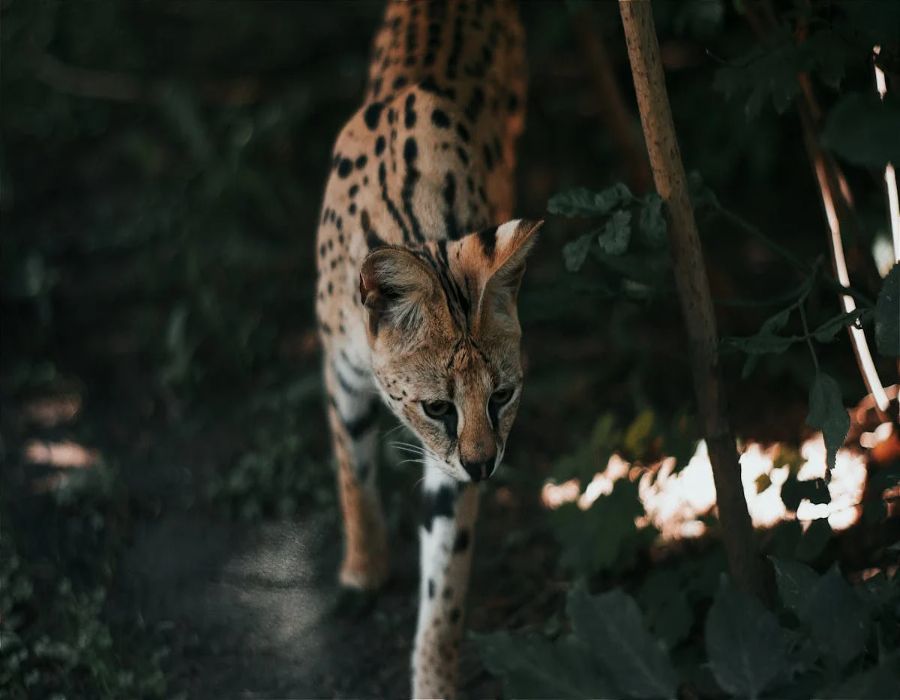
The serval has the longest legs relative to body size among cats, allowing it to see above tall grass. Its massive ears help it detect rodents underground, and its pounce is one of the most precise in the feline world.
Cougar
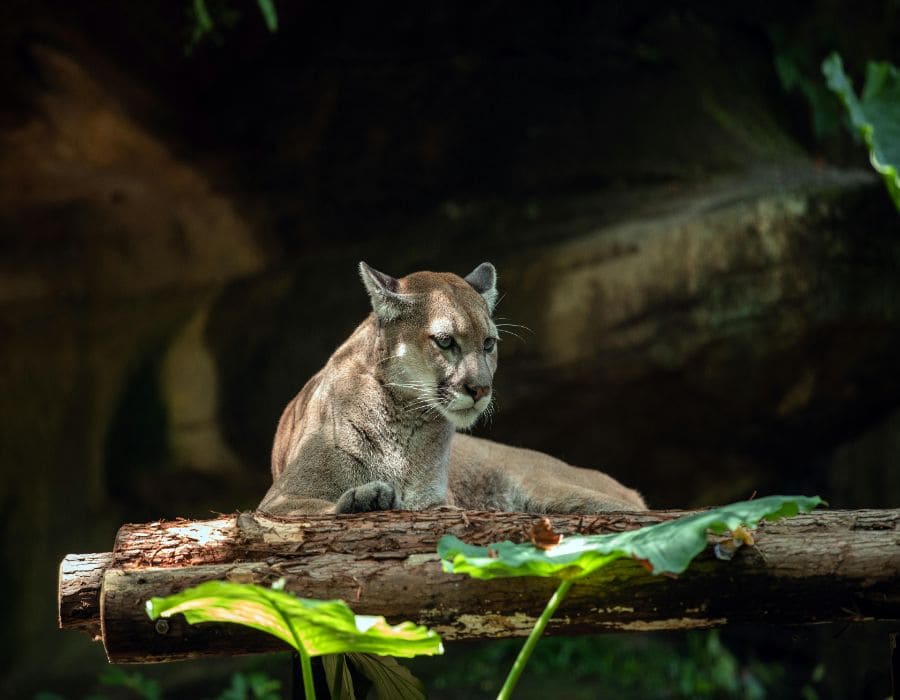
Cougars are incredibly adaptable, living in habitats from Canadian mountains to South American forests. Their muscular hind legs make them exceptional jumpers, capable of leaping up to 40 feet in a single bound.
Fishing Cat
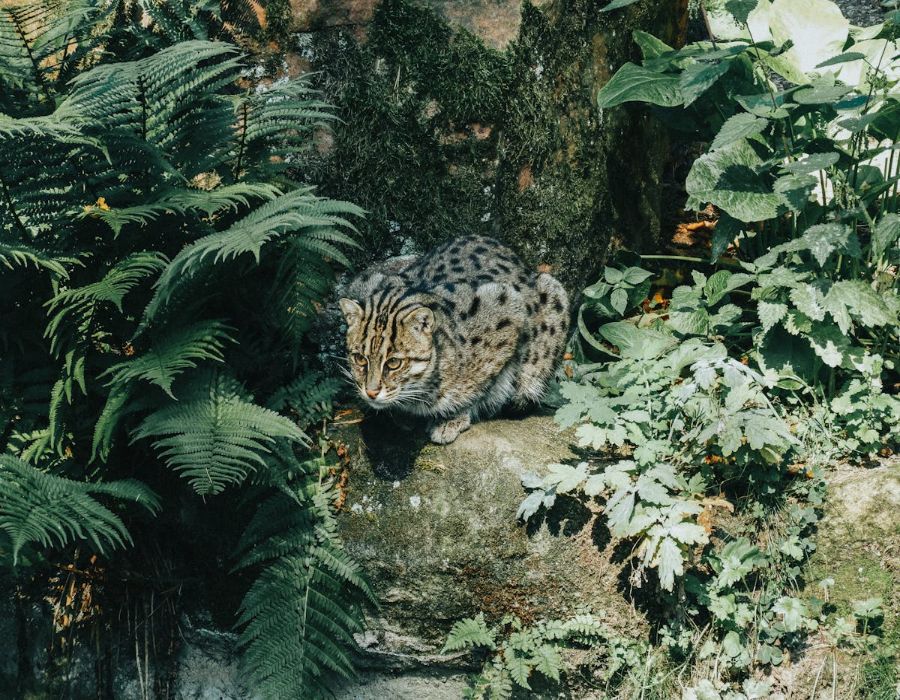
True to its name, the fishing cat has partially webbed front toes that aid in catching fish. Its water-resistant fur and aquatic hunting style set it apart from nearly every other member of the feline family.
Marbled Cat
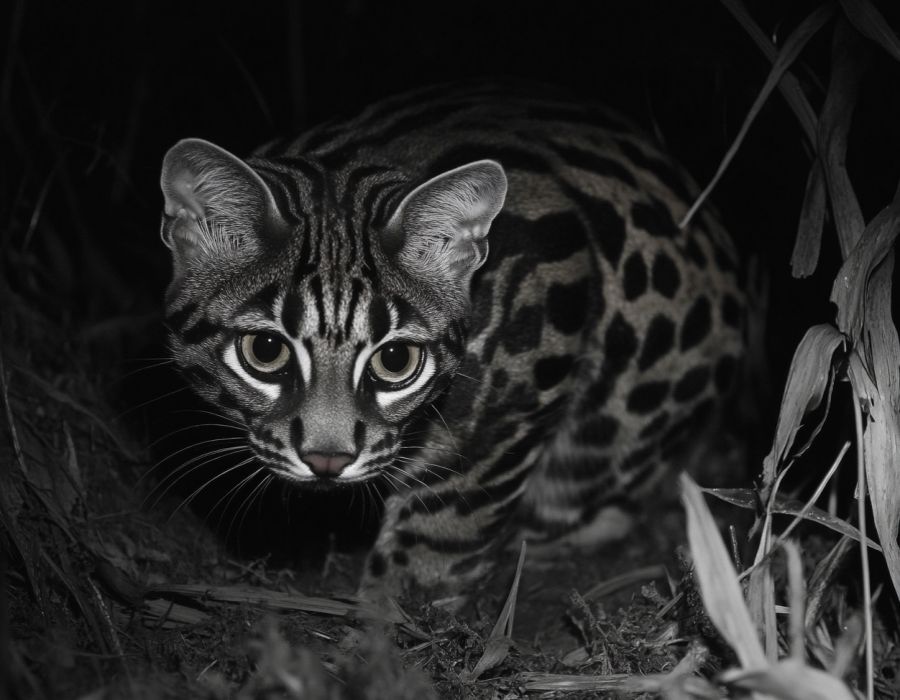
This small, tree-dwelling cat of Southeast Asia has a tail nearly as long as its body. Its tail acts as a counterbalance during agile maneuvers through the forest canopy — perfect for life in the treetops.
Nature’s Finest Specimens
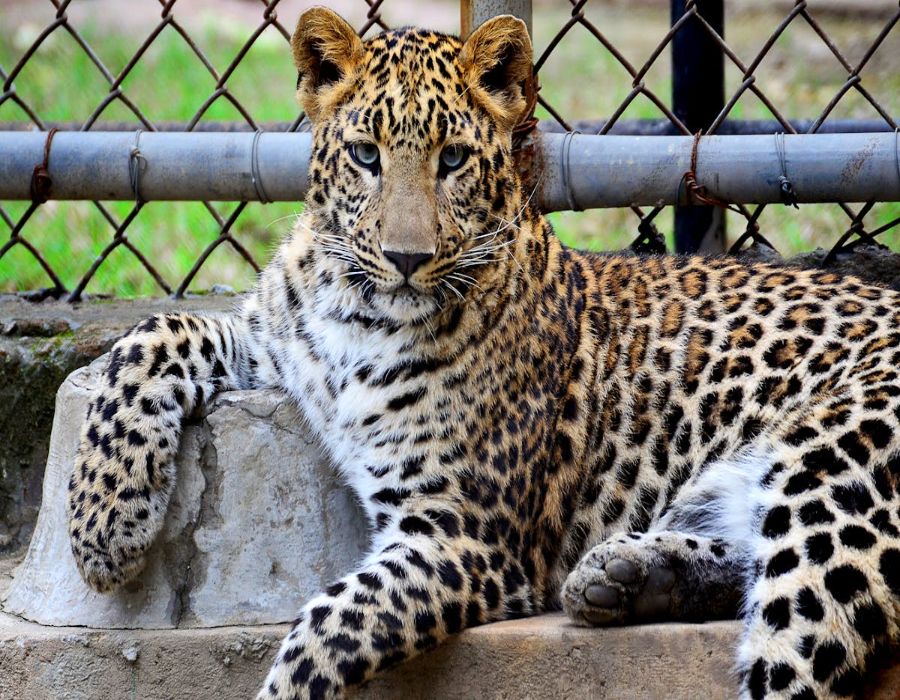
These cats aren’t just beautiful — they’re evolutionary marvels. Each trait they’ve developed has helped them carve out a niche in wildly different ecosystems. In the big cat world, survival isn’t just about power — it’s about perfectly tuned design.

